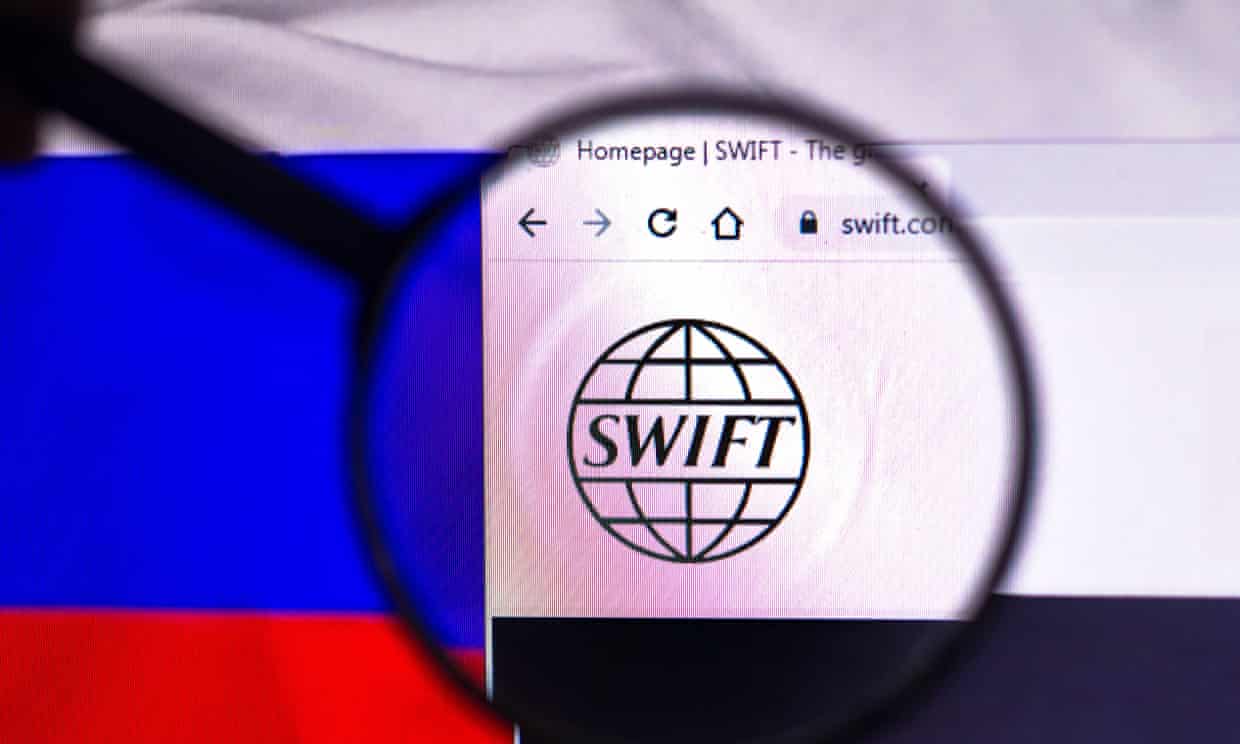Russia’s invasion of Ukraine has amplified pressure for tougher economic sanctions on Moscow. The talks of banning Russia from SWIFT has become a prominent talking point, as part of the West-induced sanctions. The European Union has been reluctant about launching this Minuteman missile-like sanction against Russia.
This is not the first time Russia is being threatened to be barred from SWIFT. The US had called for Russia to be cut off from Swift after Moscow’s annexation of Crimea in 2014.
What is Swift?
Swift (the Society for Worldwide Interbank Financial Telecommunication) is the main secure messaging system that banks use to make rapid and secure cross-border payments, allowing international trade to flow smoothly. It has become the principal mechanism for financing international trade. In 2020, about 38 million transactions were sent each day over the Swift platform, facilitating trillions of dollars’ worth of deals.
Society for Worldwide Interbank Financial Telecommunication – acts as the Gmail of global banking services. It was founded in 1973 to end reliance on the telex system, an international system used especially in the past for sending written messages.
SWIFT delivers secure messages among more than 11,000 financial institutions and companies, in over 200 countries and territories.
Swift delivers an average of 40 million messages a day that includes orders and confirmations for payments, trades and currency exchanges.
It is a member-owned cooperative, based in Brussels, the capital of Belgium.

Why would a Swift ban be so serious?
It would harm the Russian economy if it were locked out of Swift. Run-of-the-mill transactions would need to be conducted directly between banks, or routed through fledgling rival systems, adding to costs and creating delays.
Is there an alternative to SWIFT?
Since 2014, Russia has run its own financial messaging system for Russian and foreign banks. It has developed an alternative messaging system called SPFS (Financial messaging system of the Bank of Russia) which handles about a fifth of domestic payments. It has only 400 users. “This is a reliable and secure channel for sending electronic messages on financial transactions,” Russia’s central bank says in a note.
